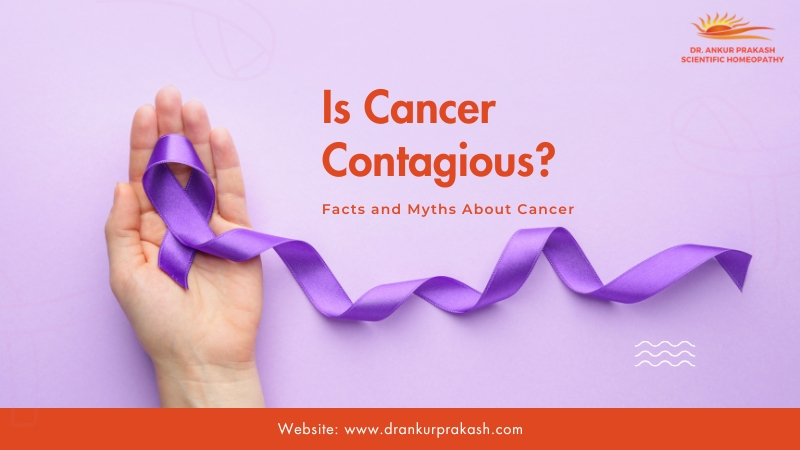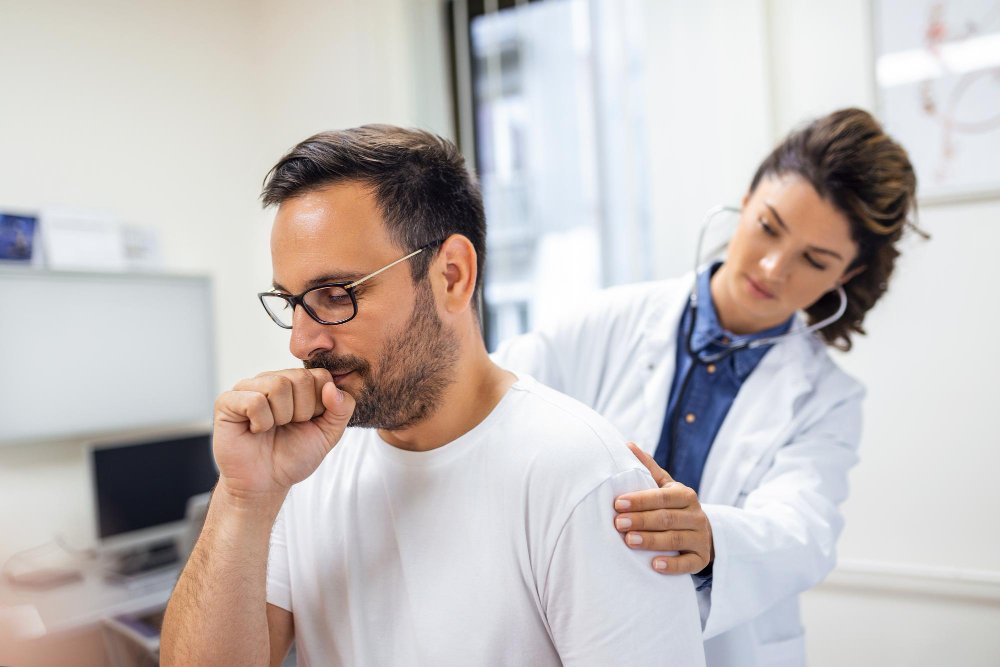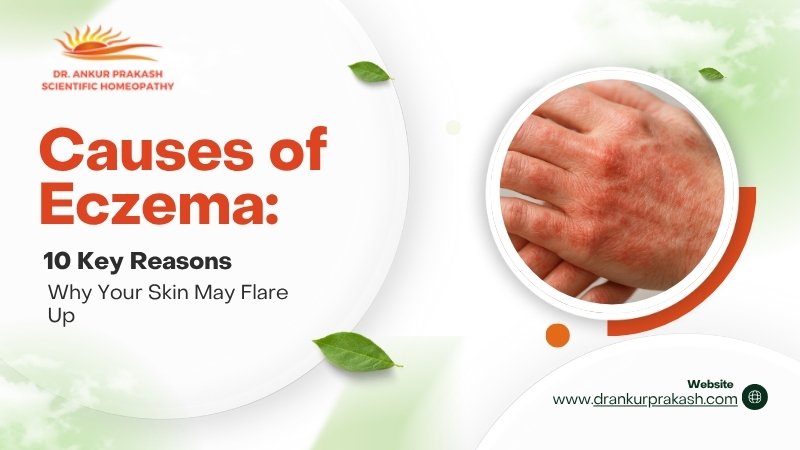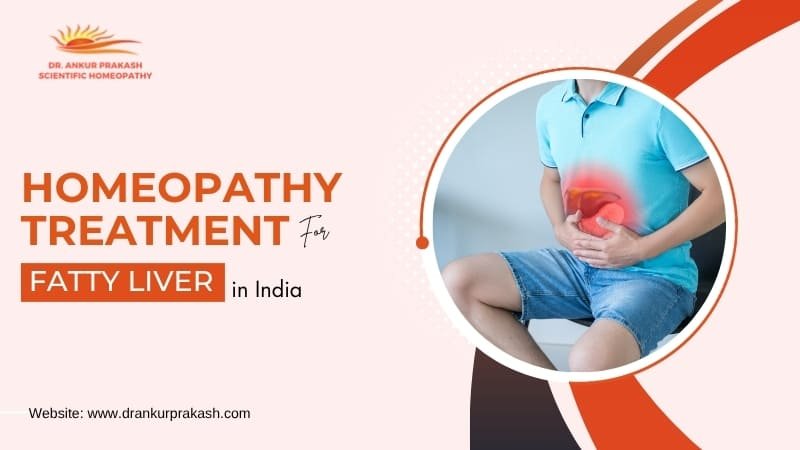Many people fear that cancer can spread from person to person, but this is a common misconception. Cancer itself is not contagious—you cannot “catch” it like a cold or flu. However, confusion often arises because certain viruses and bacteria linked to cancer can be infectious. For example, viruses like HPV and Hepatitis B can increase the risk of developing cancer, but it’s the infection that’s contagious, not the cancer itself.
This blog helps separate fact from fiction, explaining why cancer doesn’t spread through casual contact, the rare exceptions, and how proper vaccination and hygiene can reduce cancer-related risks. It also briefly touches upon the Stages of Cancer, helping readers understand how cancer progresses within the body. Understanding these facts is key to reducing stigma and supporting those affected by cancer with compassion and accurate knowledge.
What Does Contagious Mean?
The term “contagious” refers to diseases that can spread from one person to another through various means such as airborne droplets (from coughing or sneezing), direct physical contact (like hugging or shaking hands), bodily fluids (such as blood, saliva, or during sexual activity), or contaminated surfaces. These diseases—such as influenza, tuberculosis, chickenpox, and COVID-19—are caused by infectious agents like viruses, bacteria, or fungi that enter the body from external sources and multiply. However, cancer does not fall into this category. It is not caused by an infectious agent, but rather by genetic mutations within the body’s own cells, making it non-contagious and impossible to transmit through contact or exposure.

Can You Catch Cancer from Someone Else?
No — cancer is not contagious. You cannot catch cancer from another person through casual contact, hugging, sharing meals, breathing the same air, or touching their belongings. Cancer is not caused by a virus or bacteria that spreads between people. Instead, it develops from genetic changes within a person’s own cells, leading them to grow uncontrollably.
Key Facts:
- Cancer cells are not infectious. Even if they enter another person’s body, the immune system recognizes them as foreign and destroys them.
- There is no evidence that cancer spreads through physical closeness or social interaction.
- Healthcare workers, family members, and caregivers face no risk when caring for cancer patients.
So, don’t hesitate to offer love, hugs, and emotional support to someone with cancer — your presence and care matter deeply, and there’s absolutely no risk to you.

How Does Cancer Actually Develop?
Cancer begins when normal cells in the body undergo genetic mutations — permanent changes in their DNA — that disrupt the normal process of cell division. Instead of dying when they should, these abnormal cells continue to grow and multiply uncontrollably, often forming tumors and invading nearby tissues.
- Environmental exposures such as air pollution, toxic chemicals (like asbestos or benzene), industrial waste, pesticides, and ultraviolet (UV) radiation from the sun.
- Unhealthy lifestyle habits like smoking tobacco, excessive alcohol consumption, poor nutrition, physical inactivity, and obesity. These factors not only weaken the immune system but also increase oxidative stress in cells, making mutations more likely.
- Genetic predisposition, where individuals inherit faulty genes from parents (e.g., BRCA1 and BRCA2 in breast and ovarian cancer). Though not everyone with a mutation will develop cancer, the risk is significantly higher.
- Hormonal and inflammatory conditions, such as prolonged inflammation in certain organs or hormonal imbalances, which can create an environment that promotes cancer cell growth.
However, these causes only increase the risk of developing cancer; they do not make the disease transmissible from one person to another.
What About Viruses That Can Lead to Cancer?
This is often where the confusion starts. Some infections are contagious and are known to increase the risk of certain types of cancer, which leads people to mistakenly believe that cancer itself can spread.
However, the important distinction is: you can catch the infection, not the cancer. These infections can cause chronic inflammation or DNA damage over time, which may eventually lead to cancer — but the cancer itself is not passed from one person to another.
Here are a few examples:
- Human Papillomavirus (HPV) – This common virus can be spread through sexual contact and is linked to cervical cancer, as well as throat, anal, and penile cancers.
- Hepatitis B and Hepatitis C viruses – These are bloodborne viruses that can lead to chronic liver infection and increase the risk of liver cancer.
- Epstein-Barr Virus (EBV) – Known for causing mononucleosis, EBV is also associated with nasopharyngeal cancer and some types of lymphoma.
- Helicobacter pylori (H. pylori) – A bacterium that infects the stomach lining and is associated with an increased risk of stomach cancer.
- Human T-cell Leukemia Virus (HTLV-1) – A rare virus linked to adult T-cell leukemia.

Can Cancer Be Transmitted Through Organ Transplants or Blood?
In extremely rare cases, cancer has been transmitted from organ or tissue transplants. This happens when the donor had undetected cancer at the time of donation. However:
- Modern transplant protocols involve rigorous screening and testing.
- Such occurrences are exceptional and extremely rare.
- Similarly, blood banks do not accept donations from people with cancer, mainly as a precaution and not because cancer can spread through blood.
Does Cancer Spread During Pregnancy or Breastfeeding?
Research shows that maternal-fetal transmission of cancer is exceedingly rare. Only a handful of documented cases exist globally, and those involve highly specific conditions.
- Breastfeeding does not transmit cancer.
- Pregnant women with cancer can give birth to healthy babies with proper medical care.
- Sexual contact with a cancer patient does not pose a risk of transmission either.

Why Do People Still Believe Cancer Is Contagious?
There are several reasons:
- Lack of awareness and poor health education in some communities
- Fear-based responses to visible symptoms like hair loss, weight loss, or surgical scars
- Association with contagious diseases like HIV, which can lead to cancer if untreated
- Cultural taboos or superstitions about illness
This misinformation leads to social stigma, emotional isolation, and even neglect of cancer patients — which can worsen their emotional health and recovery process.
Homeopathy Treatment for Cancer
In addition to conventional treatments like surgery, chemotherapy, or radiation, homeopathy is emerging as a supportive therapy for managing cancer symptoms and improving quality of life. While homeopathy does not replace mainstream cancer treatments, it can help:
- Reduce side effects of chemotherapy and radiation, such as fatigue, nausea, or mouth ulcers
- Strengthen the body’s natural healing processes
- Improve emotional balance, sleep, and stress levels during cancer recovery
- Offer holistic care tailored to the patient’s constitution and type of cancer
At clinics where homeopathy is practiced alongside integrative medicine, patients often report better tolerance to treatment and overall well-being. However, it is important to consult an experienced homeopathic doctor who understands cancer management.

Debunking Common Myths About Cancer
Myth | Fact |
|---|---|
You can catch cancer from someone | False — cancer is not contagious |
Cancer runs in every family | Only 5–10% of cancers are hereditary |
Biopsies or surgeries spread cancer | False — these are essential diagnostic tools |
Using deodorants or microwaves causes cancer | No scientific proof supports these claims |
All tumors are cancerous | No — some are benign (non-cancerous) |
How Can We Prevent Infection-Related Cancers?
Here are some proactive steps you can take:
- Get vaccinated – especially for HPV and Hepatitis B
- Practice safe hygiene and avoid sharing needles or razors
- Avoid unprotected sex and get regular health screenings
- Treat chronic infections promptly
- Follow healthy lifestyle habits to reduce inflammation and boost immunity
Prevention is possible, but it starts with knowledge and awareness.
Conclusion
Cancer is a medical condition — not a curse, punishment, or contagious illness. We need to work together to eliminate the stigma, spread accurate information, and promote scientific literacy in our communities. If you or someone you know is navigating a cancer diagnosis, don’t hesitate to reach out to an oncologist for personalized guidance.








